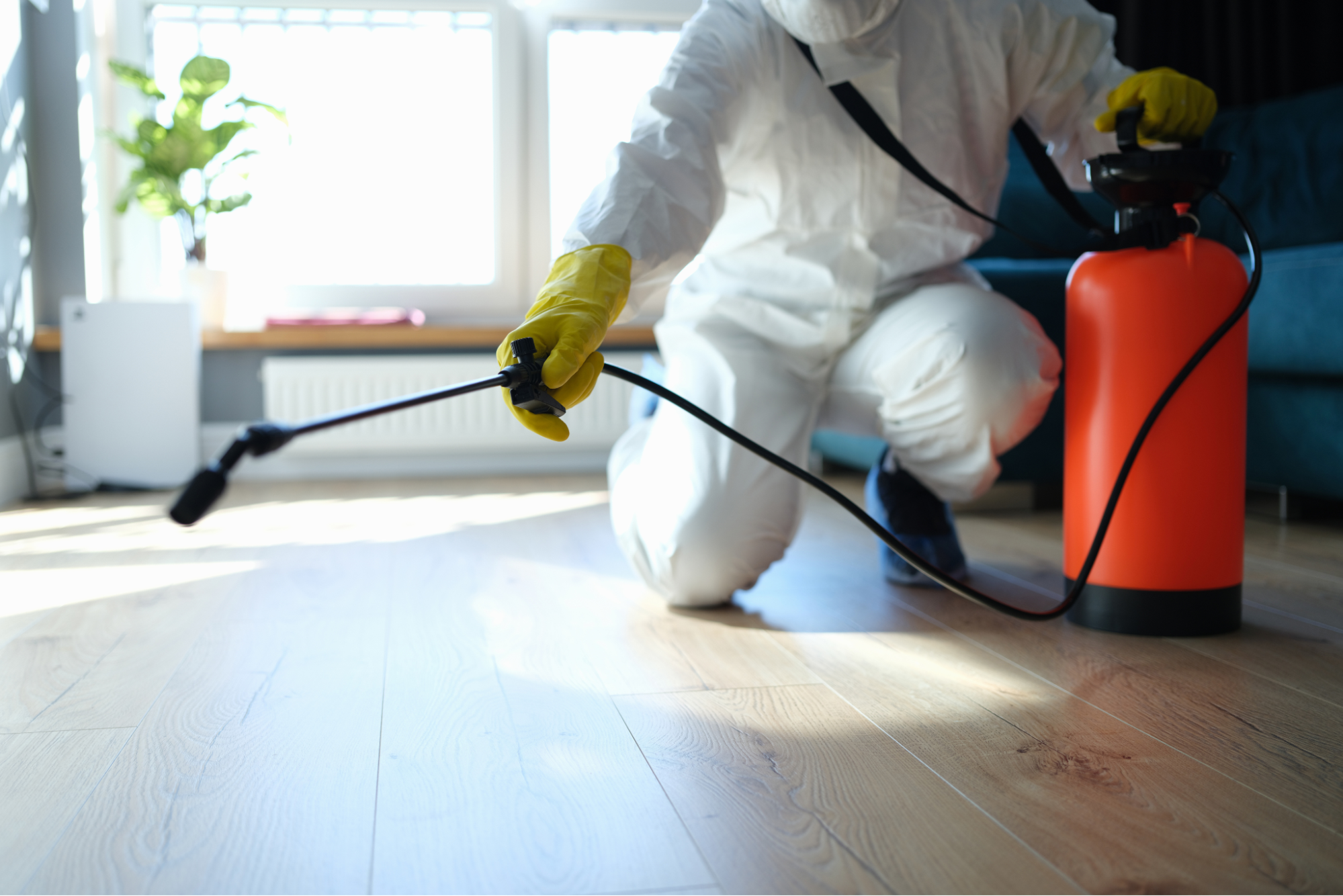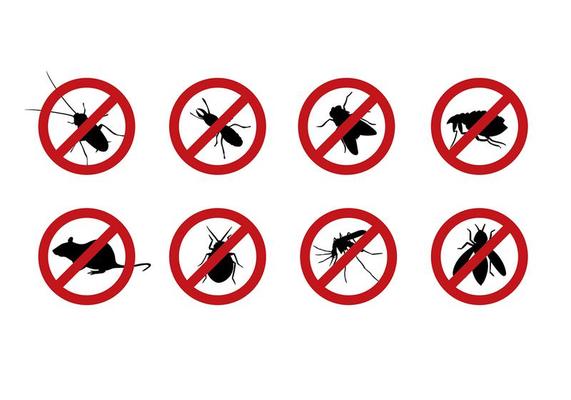Bed Bug Treatment Malfunction: Comparing Chemical Vs. Non-Chemical Solutions
In the world of pest control, especially when managing the relentless problem of bed pests, the choice between chemical and non-chemical treatment options can be a critical one. Both approaches offer distinctive benefits and drawbacks, influencing variables such as efficiency, security factors to consider, and total price. By taking a look at the nuanced details of each approach, a more clear understanding of which course to seek in addressing a bed pest infestation can be acquired.
Effectiveness of Chemical Therapies
Chemical treatments for bed bug problems have actually been extensively identified for their fast and potent efficacy in removing these parasites. When taking into consideration the effectiveness of chemical therapies, it is vital to recognize that they can supply a fast and complete service to a bed bug trouble. Professional pest control operators usually depend on pesticides to target bed pests at numerous phases of their life cycle, consisting of nymphs, eggs, and grownups. These chemicals normally function by disrupting the bed bugs' nerve system, bring about paralysis and ultimate fatality.
Additionally, chemical treatments have the benefit of supplying residual effects, suggesting that they can remain to remove bed pests also after the preliminary application. This residual action is particularly valuable in combating any kind of potential re-infestations. Furthermore, the fast action of chemical treatments can bring alleviation to people dealing with severe bed pest invasions, permitting them to gain back control of their space rapidly.
Safety And Security Worry About Chemical Solutions
When utilizing chemical services for bed pest therapy is guaranteeing the security of owners and the environment,One critical facet that requires mindful factor to consider. While chemical treatments can be reliable in removing bed bugs, they may present threats otherwise handled effectively. Among the main safety interest in chemical remedies is the prospective damage they can cause to human wellness. Direct exposure to specific chemicals used in bed bug therapies can bring about respiratory system concerns, skin irritability, or various other damaging responses, especially in people with pre-existing problems or sensitivities. In addition, improper application or dose of chemical pesticides can cause hazardous deposits lingering in the cured area, positioning long-lasting wellness threats to occupants.
Additionally, the ecological effect of chemical services is another significant factor to consider. Some pesticides used in bed pest treatments might be dangerous to helpful pests, wildlife, and ecosystems if they leach right into the dirt or water systems. It is crucial to utilize chemical therapies sensibly, complying with safety standards, and thinking about much less poisonous options to reduce these threats and make sure the reliable and risk-free management of bed insect infestations.
Benefits of Non-Chemical Approaches
Taking into consideration the prospective safety concerns and ecological influence linked with chemical options for bed insect treatment, exploring non-chemical methods offers a promising option with a number of distinctive benefits. Non-chemical treatments are ecologically friendly, as they do not contribute to air or water contamination, making them a sustainable option for insect control.
Furthermore, non-chemical remedies can be reliable in targeting bed insects, including hard-to-reach locations where chemical treatments may not penetrate. Approaches such as warm treatment, vacuuming, vapor cleansing, and bed mattress encasements supply thorough obliteration without the usage of harmful chemicals. Moreover, non-chemical methods can be less turbulent, calling for marginal preparation and permitting quicker reentry right into dealt with areas. On the whole, choosing non-chemical bed pest therapy methods not only focuses on safety and security and environmental management but also ensures efficient and detailed pest control.
Limitations of Non-Chemical Treatments

In addition, non-chemical treatments frequently need several applications to attain effective eradication. This can be time-consuming and may not constantly guarantee full removal of all bed bugs and their eggs, especially in hard-to-reach or hidden areas.
Furthermore, the success of non-chemical treatments greatly counts on proper implementation and thoroughness, which can be testing for individuals without professional experience. Poor application of non-chemical approaches may lead to insufficient Read More Here eradication, leading to relentless invasions and the demand for additional therapies.
Therefore, while non-chemical therapies have their benefits, it is vital to recognize these limitations and consider them when determining the most reliable technique for taking care of bed pest infestations.
Expense Comparison: Chemical Vs. Non-Chemical Options
Provided the constraints connected with non-chemical treatments, a crucial element to evaluate in the context of bed insect monitoring is the expense contrast in between chemical and non-chemical options. In comparison, non-chemical therapies like warm therapy or heavy steam can be extra expensive, with costs ranging from $1,000 to $6,000 for a whole home. While the preliminary price of chemical treatments might appear lower, numerous therapies might be called for to completely get rid of the invasion, possibly increasing the general price.
Final Thought

Considering the potential security worries and ecological impact connected with chemical services for bed insect treatment, discovering non-chemical approaches offers a promising choice with a number of unique benefits.Given the limitations linked with non-chemical treatments, right here an important aspect to review in the context of bed insect monitoring is the cost contrast between chemical and non-chemical alternatives. In comparison, non-chemical therapies like warmth treatment or vapor can be much more costly, with prices ranging from $1,000 to $6,000 for an entire home. While the first cost of chemical therapies might seem lower, numerous therapies might be called for to fully get rid of the problem, possibly increasing the general price.In conclusion, when contrasting chemical and non-chemical bed pest therapy options, it is necessary to think about efficiency, safety and security, benefits, limitations, and cost.